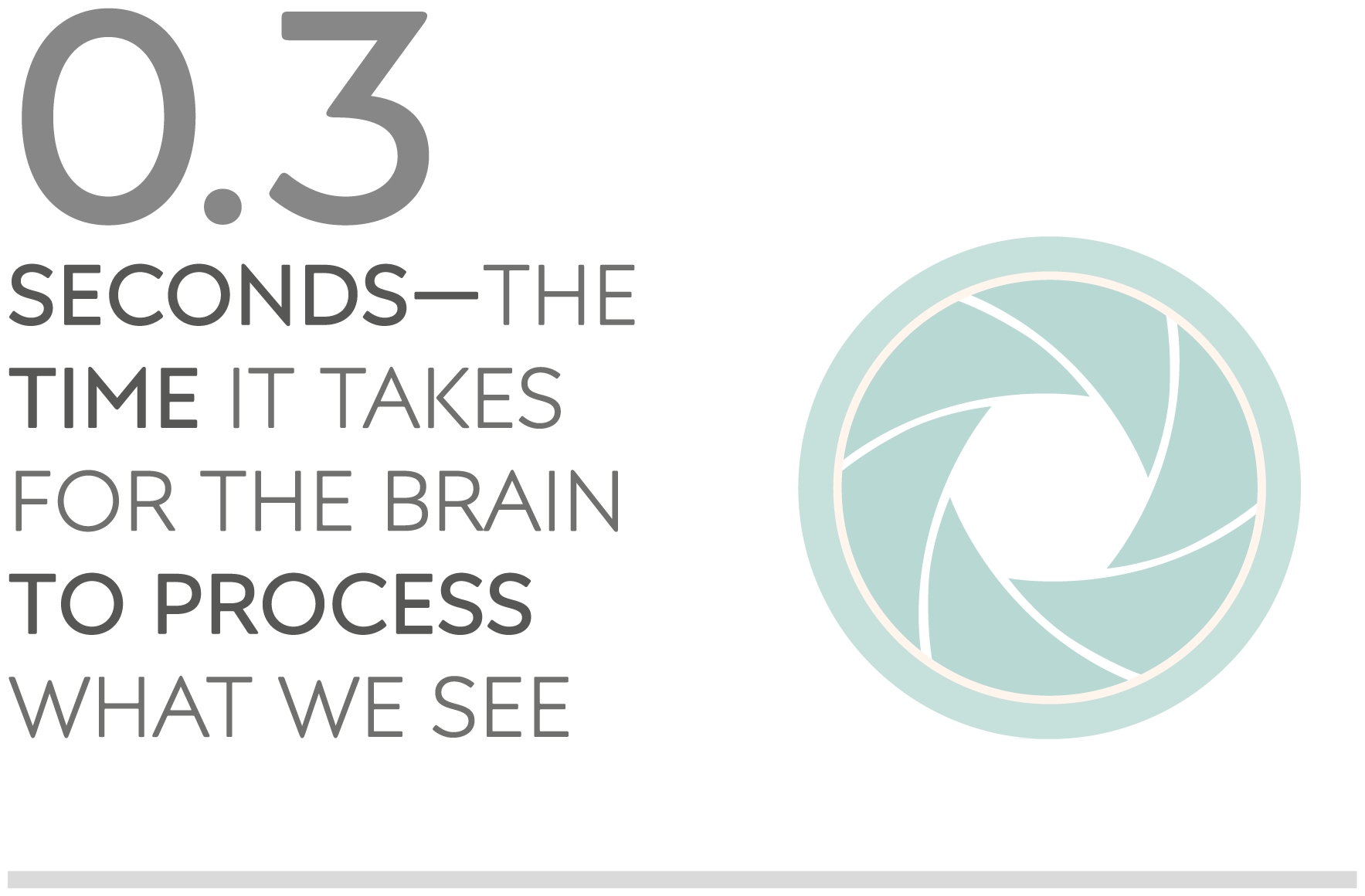Should I Always Believe What I See?
When we look around us, the world appears as a crisp, full-color, wide-screen video. But in fact, most of what you see is just a figment of your imagination.
In 2015, a photo of a dress shared on social media famously split the world in two: half of us saw a white and gold dress, with the other half convinced it was blue and black. How could that be possible? The answer lies in the limitations of what we’re capable of seeing. Our brains fill in the gaps for us.
Clear color vision comes from a tiny 0.3 mm patch on the back of the eye, called the fovea, where light from the center of your gaze is focused. Everything outside of this is fuzzy and colorless. Suppose you are jogging, wind in your hair, down a wooded track, enjoying the lush green trees lining the path on both sides. In fact, nearly all of the vibrant leafy vista is a black-and-white blur that your brain has conjured into clear, verdant color, based on what it received when you last looked directly at the view.
Turning the two, incomplete blurry images received from each eye into a convincing three-dimensional world calls for a lot of brain cells to do a lot of hard work. Electrical impulses from the back of your eyes hurtle through the brain to the visual cortex, which systematically analyzes what we see for shapes, colors, and familiar features, such as figures or faces. At each staging post on the image’s journey, the brain needs to make assumptions and shortcuts, and we all have these “cheat sheets.”
Back to the great dress controversy. Subsequent studies showed that the divided opinions were down to the assumptions our brains made when we first saw the image. If your brain assumes the image was lit by a camera flash from the front, then the dress appears to be blue and black; whereas if your split-second judgment decides it was lit by a window behind the dress, it’s unmistakably white and gold to you. (If the controversy passed you by, search online for “the dress” to make your own mind up.) Your initial assumptions will stick—it’s almost impossible to see the dress how the other 50 percent do.
Like your unreliable memory (see Why Do I Remember Events Differently from Others?), be aware that your vision can be just as untrustworthy. The mind is a finely tuned guessing machine, built on a lifetime of experiences. However, when it comes down to giving an eye-witness account, keep in mind that your best guess is often inaccurate if you didn’t get a good, straight-on view.


n Double-tap image to read the labels
sharp-eyed? think again!
If you’re holding this book at arm’s length away from you, your brain interprets everything to be in clear focus. But in fact, the only thing that your eyes can really focus on is the fingernail-sized shape in the middle of your vision—represented by an in-focus green block here. Everything else gets more blurry and colorless the farther away from the green block you get.
